Resource Network
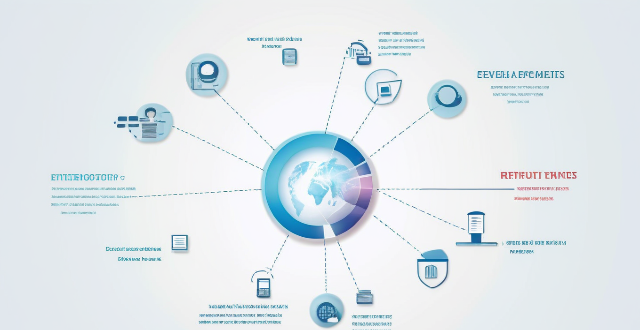
How does network slicing work in 5G technology ?
Network slicing is a feature of 5G technology that allows operators to create multiple virtual networks on a shared physical infrastructure. This enables them to offer customized services with specific quality of service (QoS) and quality of experience (QoE) requirements for different types of customers and applications. The implementation of network slicing involves several key components such as Network Function Virtualization (NFV), Software-Defined Networking (SDN), Network Management and Orchestration (MANO), and Policy Management. The steps involved in implementing network slicing include requirement analysis, resource allocation, virtual network function deployment, resource management, policy enforcement, monitoring and optimization, and lifecycle management. Network slicing offers benefits such as customization, resource efficiency, scalability, improved performance, and enhanced security.
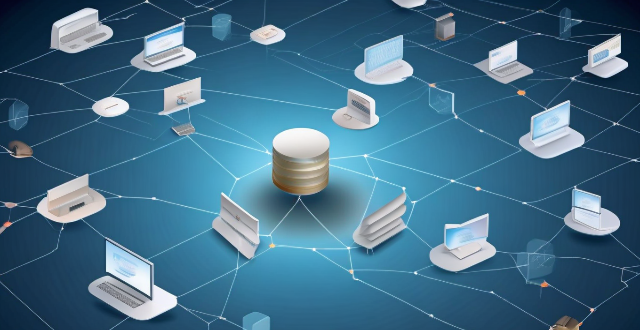
How does network slicing differ from traditional network management techniques ?
Network slicing, enabled by SDN and NFV, allows creating multiple virtual networks on a common infrastructure for tailored services like IoT and automotive systems. It offers dynamic resource allocation, scalability, better security, and can simplify management through automation. In contrast, traditional network management is monolithic with static resources, complex and potentially less secure. Network slicing is a more adaptable solution for diverse and growing connectivity needs.

How does a circular economy contribute to waste reduction and resource conservation ?
The circular economy model promotes waste reduction and resource conservation by advocating for the reuse and recycling of materials, reducing raw material extraction, extending product lifecycles, treating waste as a resource, encouraging the sharing economy and digital services, improving resource efficiency, promoting biodegradable and renewable resources, raising consumer awareness, and supporting regulatory policies. This approach challenges traditional linear economic models and offers a sustainable solution to address environmental issues related to waste and resource depletion.

Can network slicing improve internet speed and reliability ?
Network slicing is a concept that divides a physical network into multiple virtual networks, each optimized for a specific use case. This approach can improve internet speed and reliability by enabling efficient resource allocation, enhancing performance through customization and optimization, and improving reliability through isolation and scalability. However, effective implementation requires careful planning and coordination among stakeholders involved in the network infrastructure.

What are the benefits of using network slicing for businesses ?
Network slicing technology allows businesses to create multiple virtual networks on a shared physical infrastructure, offering benefits such as improved performance, cost efficiency, enhanced security, faster time-to-market, and increased innovation potential.

What is network slicing in telecommunications ?
Network slicing allows for multiple virtual networks on a shared physical infrastructure, enabling service providers to offer customized services with specific QoS requirements. Key features include customization, resource allocation, isolation, and flexibility. Benefits include improved efficiency, enhanced security, faster deployment, and better customer experience. Use cases range from smart cities to industrial IoT, telehealth, and enterprise services. Challenges in implementation include complexity, standardization, security concerns, and cost implications. The future outlook is promising, with network slicing expected to play a crucial role in enabling new services and applications as 5G technology becomes more widespread.

How will a lunar base address issues related to Earth's overpopulation or resource depletion ?
A lunar base could address Earth's overpopulation and resource depletion by reducing population pressure, enabling sustainable resource use, advancing science and technology, and promoting international cooperation.
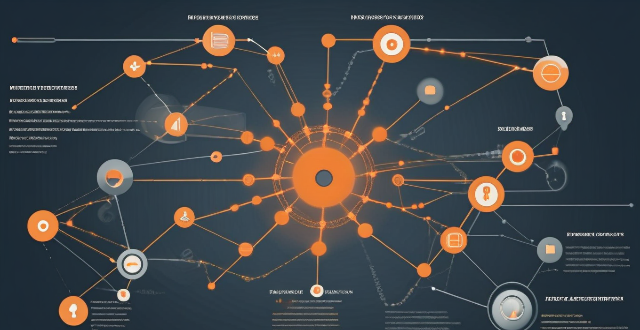
What industries will benefit the most from network slicing capabilities ?
The article discusses the concept of network slicing, a technology derived from software-defined networking (SDN) and network function virtualization (NFV), which allows the partitioning of physical networks into multiple virtual networks to optimize resource allocation according to specific service requirements. It outlines the key benefits and applications of network slicing in various sectors such as automotive, healthcare, manufacturing, energy, financial services, and entertainment and media. The conclusion highlights the potential of network slicing to revolutionize communication systems and enhance service delivery, operational efficiency, and user experience across different industries.

What is the role of a network hub in a computer network ?
In this text, the role of a network hub in a computer network is discussed. The main functions of a network hub are data transmission, connectivity, and collision domain management. However, the device also has limitations such as bandwidth sharing, security risks, and scalability issues. Despite its importance in connecting devices and allowing resource sharing, more advanced networking devices are often used in larger and more complex networks to overcome these limitations.

How does resource-efficient utilization contribute to sustainable development ?
Resource-efficient utilization is key to sustainable development, conserving resources, reducing waste, and promoting economic growth. It helps mitigate environmental impact, provides economic benefits, and enhances social well-being. As we face global challenges like climate change and resource scarcity, adopting resource-efficient practices is crucial for a sustainable future.

What role does software-defined networking (SDN) play in enabling network slicing ?
Network slicing is a key feature of 5G networks that allows operators to create multiple virtual networks on top of a shared physical infrastructure. SDN plays a crucial role in enabling network slicing by providing the necessary flexibility and programmability to manage and control the network resources. The SDN architecture consists of three main components: the data plane, the control plane, and the management plane. SDN enables network slicing by providing a centralized view of the network resources and allowing operators to dynamically allocate these resources to different slices based on their QoS requirements. Key benefits of SDN for network slicing include flexibility, programmability, centralized control, and resource optimization. Use cases for SDN in network slicing include mobile broadband, IoT, and enterprise networks.
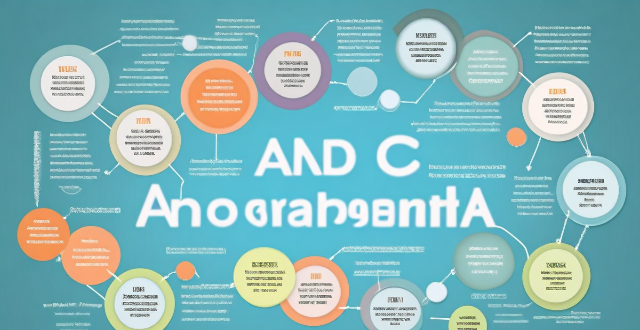
How can education and awareness programs help in promoting resource-efficient utilization ?
Education and awareness programs are crucial for promoting resource-efficient utilization. These programs can help individuals make informed decisions about their consumption habits and encourage them to adopt more sustainable practices. To maximize the impact of education and awareness programs, it is important to target different audiences, use multiple channels for dissemination, provide practical tips and strategies, and foster a sense of community and collective action towards sustainability goals. By doing so, these programs can contribute significantly to resource efficiency and promote sustainable development.

Is network slicing secure for sensitive data transmission ?
Network slicing is a technology that allows multiple virtual networks to coexist on a shared physical infrastructure, enabling service providers to offer customized services with different QoS requirements. While network slicing offers numerous benefits such as customization, resource allocation, scalability, and isolation, there are also potential security concerns that need to be addressed. These include data isolation, access control, encryption, and intrusion detection and prevention systems (IDPS). By implementing robust isolation mechanisms, access control policies, strong encryption algorithms, and effective IDPS, service providers can leverage network slicing while maintaining the security of sensitive data transmission.
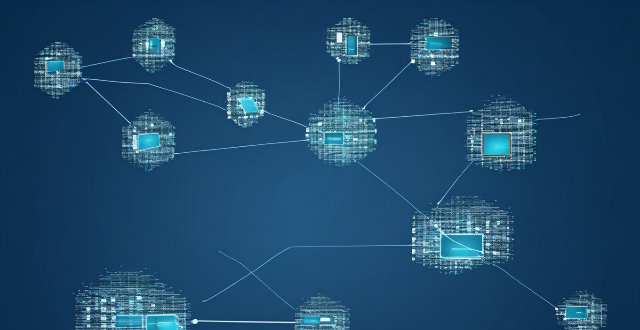
How does a network bridge improve internet connectivity ?
A network bridge is a device that connects two or more networks at the data link layer, offering benefits such as reduced congestion, increased security, enhanced performance, cost-effectiveness, and compatibility. It improves internet connectivity by segregating traffic, filtering based on MAC addresses, optimizing routing, and extending the use of existing infrastructure. Bridges are applicable in home, enterprise, and public access networks for connecting devices, separating departmental networks, and providing guest access.
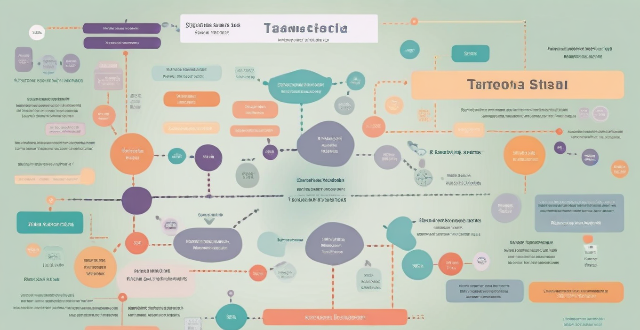
How can data analytics be used to inform school policy decisions and resource allocation ?
Using data analytics can greatly inform school policy decisions and resource allocation. By analyzing data, schools can identify areas for improvement, personalize learning experiences, evaluate teacher performance, allocate resources effectively, and enhance student support services. This approach leads to improved student outcomes, teaching quality, and resource use.

What are the benefits of implementing resource-efficient utilization in businesses ?
The benefits of implementing resource-efficient utilization in businesses include cost savings, environmental sustainability, competitive advantage, and risk mitigation. By reducing waste and improving resource management, companies can lower their operating expenses and increase profitability. Additionally, conserving resources and reducing waste can minimize a business's impact on the environment and contribute to a more sustainable future. Implementing these practices can also provide a competitive advantage by demonstrating a commitment to sustainability and social responsibility, attracting customers, employees, and investors who value these principles. Finally, resource-efficient utilization can help businesses mitigate risks associated with resource scarcity, price volatility, and regulatory changes, ensuring stable operations and a reliable supply chain.
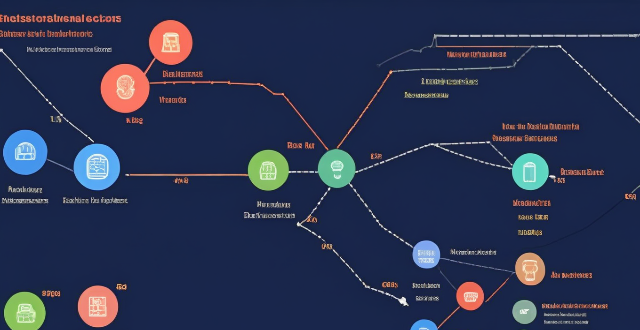
Why does my network latency fluctuate throughout the day ?
The article explores various reasons for fluctuations in network latency, including network congestion due to high traffic volume, large file transfers, and server load; physical distance and infrastructure issues related to geographical location, network hardware, and ISP differences; and local network conditions such as wireless interference, multiple devices sharing bandwidth, and malware or viruses affecting performance. It suggests ways to minimize latency fluctuations, like upgrading equipment, optimizing Wi-Fi setup, scheduling large downloads during off-peak hours, using wired connections, and scanning for malware.

How long does it take to complete a network expansion project ?
Completing a network expansion project involves several stages, including planning and design, procurement, installation and configuration, testing and troubleshooting, and deployment and training. The duration of each stage can vary depending on factors such as project size, resource availability, and team efficiency. A general timeline for completing a network expansion project is 6 months to a year.
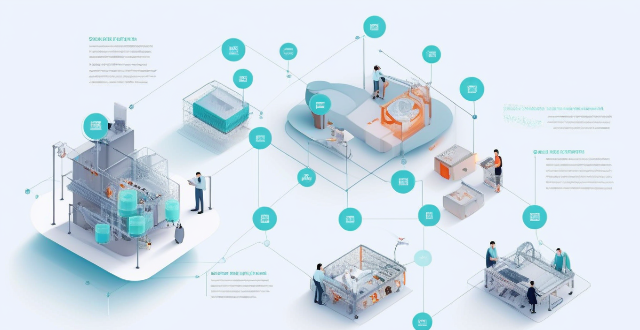
Are there any potential drawbacks or challenges with implementing network slicing ?
Network slicing is a promising technology that allows multiple virtual networks to coexist on a shared physical infrastructure. It enables operators to provide tailored network services for different use cases, such as enhanced mobile broadband (eMBB), ultra-reliable low-latency communications (URLLC), and massive machine-type communications (mMTC). However, there are potential drawbacks and challenges associated with implementing network slicing, including the complexity of management and orchestration, significant infrastructure investment required, standardization and interoperability issues, skill gap within organizations, and regulatory and legal aspects to consider.

How can we measure the effectiveness of resource-efficient utilization initiatives ?
Measuring the effectiveness of resource-efficient utilization initiatives is crucial for organizations and governments aiming to reduce waste, save costs, and minimize environmental impact. This process involves evaluating the outcomes of various initiatives designed to optimize resource use and comparing them against predefined goals or benchmarks. Here's a detailed approach to measure the effectiveness of such initiatives: 1. Define Key Performance Indicators (KPIs): Identify relevant KPIs such as resource consumption rates, cost savings, waste reduction, productivity metrics, and environmental impact. 2. Establish Baseline Data: Gather historical information on resource consumption, costs, waste levels, and productivity prior to the implementation of the initiatives. Note any external factors that might affect the baseline data. 3. Implement Monitoring Systems: Set up data collection methods such as automated tracking using technology like smart meters or IoT devices, regular audits, and employee feedback. 4. Analyze Results and Compare to Baseline: Evaluate performance against KPIs by analyzing collected data and identifying trends and anomalies. Compare the post-implementation data with the baseline to gauge improvements or setbacks. Create charts and graphs to visually depict the changes over time. 5. Report Findings and Recommendations: Compile detailed reports outlining the findings from the analysis phase. Based on the results, suggest adjustments to current practices or propose new initiatives. Share the reports with relevant stakeholders, including management, employees, and regulatory bodies. 6. Continuous Improvement: Iterate and optimize initiatives through a feedback loop mechanism for continuous feedback from all involved parties. Revise strategies based on performance data and stakeholder input. Integrate lessons learned into long-term sustainability plans. In conclusion, measuring the effectiveness of resource-efficient utilization initiatives requires a structured approach that includes defining clear KPIs, establishing baseline data, implementing monitoring systems, analyzing results, reporting findings, and committing to continuous improvement. By following these steps, organizations can ensure that their efforts to utilize resources efficiently are not only successful but also measurable and sustainable over time.

How do I choose the right online learning resource for my needs ?
When choosing an online learning resource, consider your learningWhen choosing an online learning resource, consider your learning quality, usability, cost consider your learning goals, style, content quality, usability, cost, and interactive features. Look for resources that align with your objectives, cater to your preferred method of learning, provide accurate and up-to-date information, are user-friendly and accessible, offer good value for money, and have interactive features and community support.

How can network slicing be implemented in existing networks ?
Network slicing allows multiple virtual networks to be created from a single physical network, enabling service providers to offer customized services with specific QoS requirements. To implement network slicing in existing networks, assess the current network infrastructure, design the network slices, configure the network devices, and deploy the network slices. This process involves updating device firmware, installing SDN/NFV software, configuring device settings, creating virtual networks, applying QoS policies, and continuously monitoring and optimizing performance.
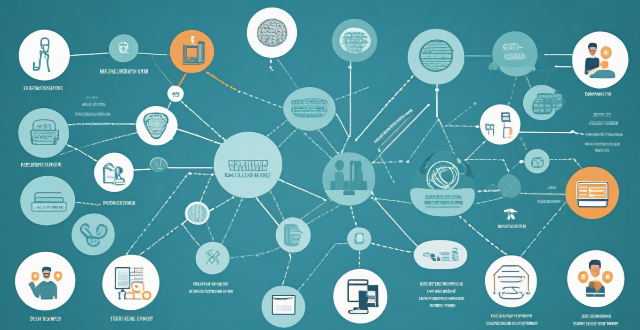
What are the challenges faced during a network expansion project ?
When expanding a network, organizations may face various challenges that can impact the success of the project. These challenges include budget constraints, technical difficulties, security concerns, downtime and disruptions, training and support requirements, integration with existing systems, regulatory compliance, project management issues, change management, and future-proofing considerations. By proactively addressing these challenges, organizations can successfully complete network expansion projects while minimizing disruptions and maximizing the benefits of the expanded network.

What are the most common types of network attacks and how can they be prevented ?
The article outlines the most common types of network attacks and their prevention measures. These include phishing, malware, DoS/DDoS, MitM, SQL injection, XSS, insecure network services, insider threats, password attacks, and wireless network attacks. For each type of attack, the text provides a brief explanation followed by specific prevention strategies. The conclusion emphasizes the importance of a layered security approach that combines education, monitoring, and rapid response to mitigate risks and protect assets.
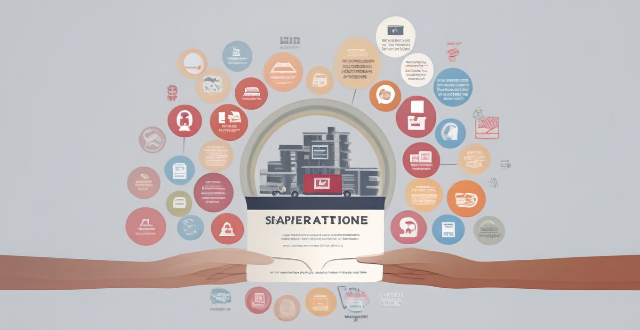
How does network expansion affect the overall network performance ?
Network expansion can significantly impact overall performance, offering benefits such as increased bandwidth, improved redundancy, and enhanced connectivity. However, challenges like compatibility issues, security concerns, and complexity management must be addressed to maintain optimal performance. Careful planning is crucial for successful network expansion.
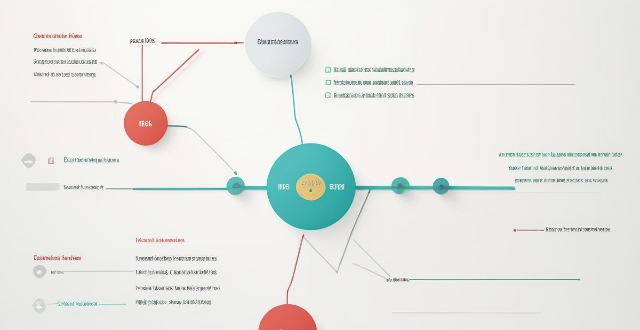
What role does caching play in network optimization ?
Caching is crucial for network optimization, improving dataCaching is crucial for network optimization, improving data speed by storing frequently accessed data improving data retrieval performance and speed by storing frequently accessed data in temporary storage areas. It reduces latency, decreases bandwidth usage, improves scalability, enhances resilience, optimizes content delivery, reduces server load, improves data consistency, and increases availability. These benefits make caching essential for improving network infrastructure performance and reliability.

How do compression algorithms contribute to network optimization ?
Compression algorithms are crucial for network optimization by reducing data transmission, thus improving speed, bandwidth consumption, and network performance. They also enhance security and disaster recovery capabilities.
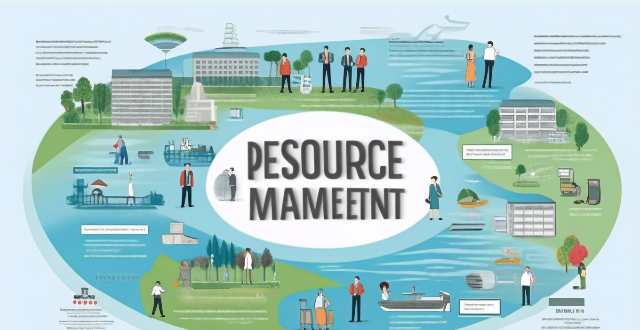
What are the legal and policy frameworks for water resource management at the national and international levels ?
Water resource management is a critical issue that affects the sustainability of ecosystems, the economy, and human well-being. To address this challenge, various legal and policy frameworks have been established at both national and international levels. At the national level, water resource management is governed by a combination of laws, regulations, and policies aimed at ensuring equitable access to water resources, protecting the environment, and promoting sustainable development. International legal and policy frameworks play a crucial role in addressing transboundary water issues and promoting global cooperation on water resource management. Effective water resource management requires a comprehensive approach that encompasses both national and international legal and policy frameworks.

What is the cost involved in expanding a network ?
Expanding a network involves costs in hardware, software, labor and other areas.

What causes network latency ?
Network latency is a critical metric in networking, referring to the delay that data experiences when traveling between two points in a network. Understanding the causes of network latency is essential for optimizing productivity, collaboration, and user experience in today's digitally reliant world. The article delves into the various factors contributing to network latency and why it matters.